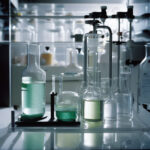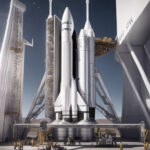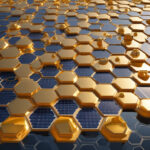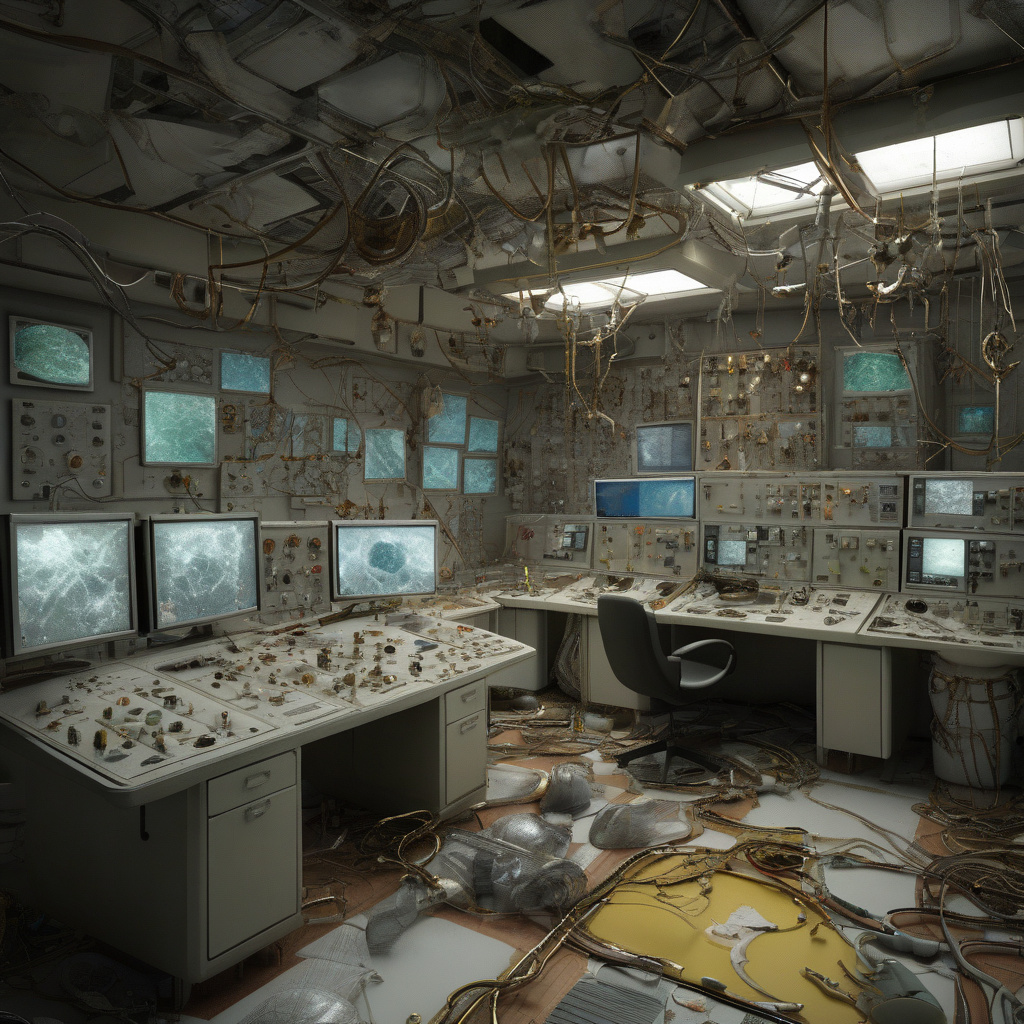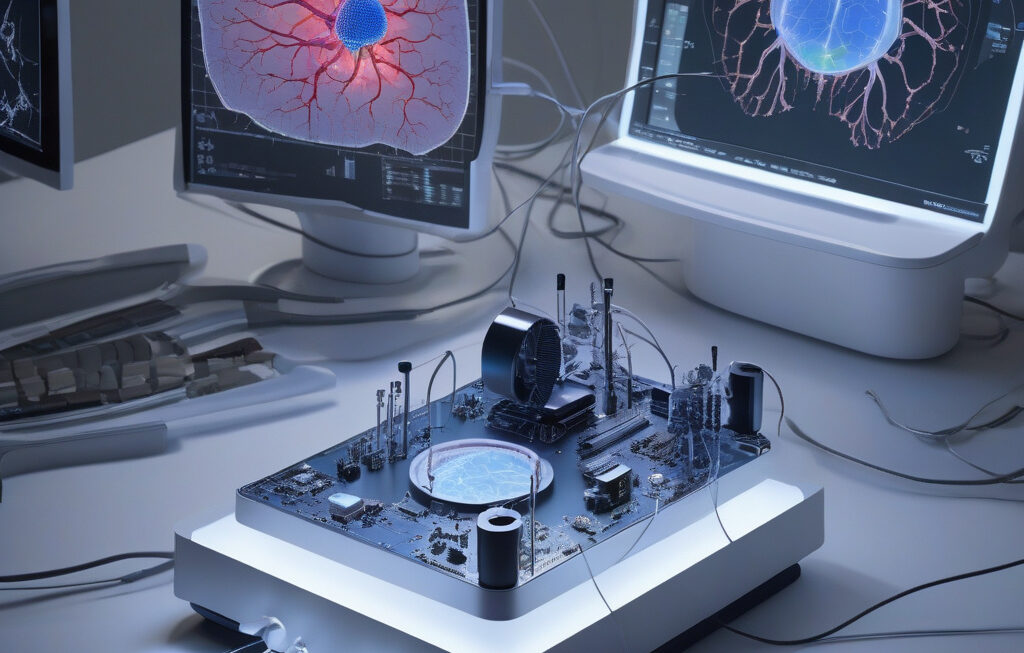Mapping the meltdown: Cosmic ray tech to analyze Fukushima’s nuclear debris
In the aftermath of the Fukushima nuclear disaster, the world faced a monumental challenge: how to safely analyze and remove the melted nuclear fuel debris from the crippled reactors. Traditional methods fell short in the face of such extreme conditions, prompting scientists to explore innovative technologies. One such groundbreaking method that has emerged is muon scattering tomography, harnessing the power of cosmic rays to map the meltdown in unprecedented detail.
Muon scattering tomography is not a new concept, but its application in the context of Fukushima represents a significant step forward in the field of nuclear decommissioning. By utilizing cosmic rays – high-energy particles originating from outer space – scientists can create detailed 3D images of the interior of the reactor containment vessels. This non-invasive technique allows researchers to peer inside the reactor cores without the need for physical intervention, minimizing the risks associated with handling the highly radioactive debris.
The process involves placing detectors around the reactor building to capture the muons as they pass through the structure. These detectors track the paths of the muons, which are subtly altered as they interact with the dense materials inside the reactor. By analyzing these deviations, scientists can reconstruct a digital image of the debris, revealing its location, distribution, and composition with remarkable precision.
What sets muon scattering tomography apart from conventional imaging techniques is its ability to penetrate thick layers of concrete and metal, providing a comprehensive view of the reactor interior. This capability is crucial in the context of Fukushima, where the melted fuel debris is entombed within heavily shielded structures that are inaccessible to human operators. By employing muon scattering tomography, researchers can navigate through these obstacles and create detailed maps of the debris, guiding future cleanup efforts with unprecedented insight.
The potential of cosmic ray technology extends beyond Fukushima, offering a versatile tool for various applications in nuclear science and engineering. Muon scattering tomography has been used to inspect pyramids for hidden chambers, monitor the structural integrity of bridges and tunnels, and even search for hidden nuclear materials. Its adaptability and non-invasive nature make it an invaluable asset in situations where conventional imaging techniques fall short.
As scientists continue to refine the capabilities of muon scattering tomography, the technology holds promise for revolutionizing the field of nuclear decommissioning. By combining advanced data processing algorithms with sophisticated detector arrays, researchers can enhance the resolution and speed of imaging, enabling real-time monitoring of nuclear facilities and swift response to potential threats.
In conclusion, the use of cosmic ray technology, specifically muon scattering tomography, represents a paradigm shift in the analysis of nuclear fuel debris. By harnessing the power of these high-energy particles, scientists can unravel the mysteries of Fukushima’s meltdown with unprecedented clarity and precision. As we stand on the brink of a new era in nuclear decommissioning, the fusion of cosmic rays and cutting-edge imaging techniques paves the way for safer, more efficient cleanup efforts in the most challenging environments.
Fukushima, nuclear decommissioning, muon scattering tomography, cosmic ray technology, innovative imaging techniques



